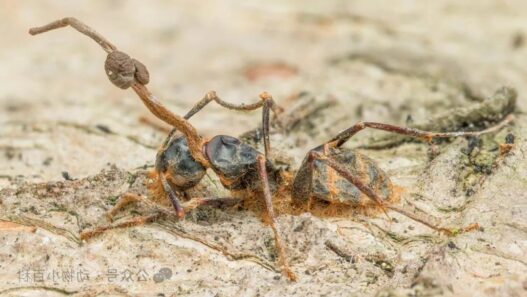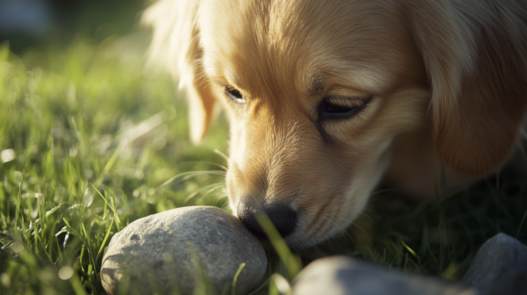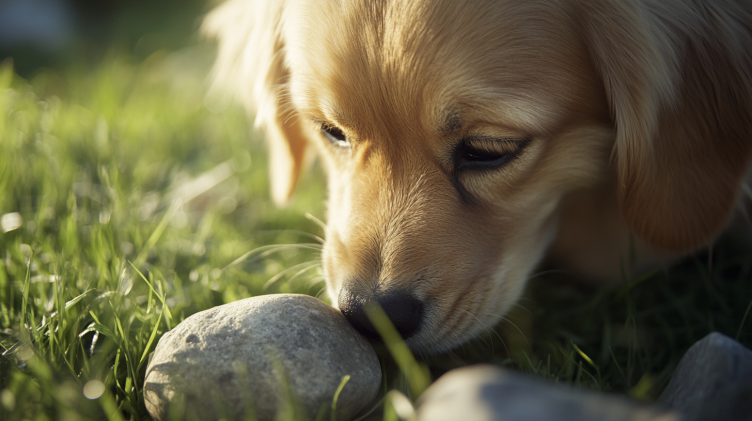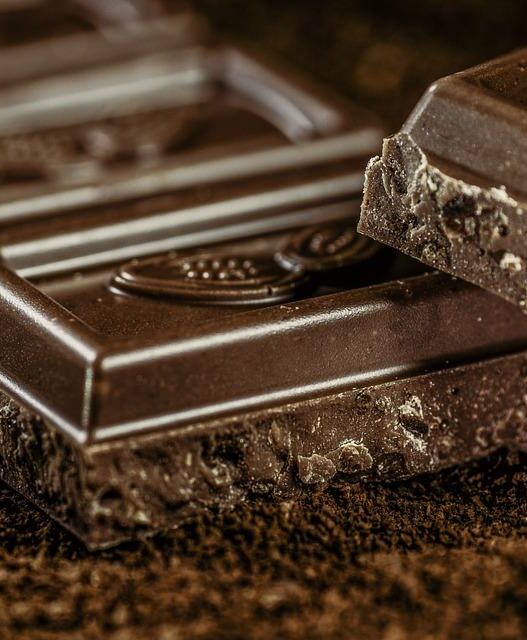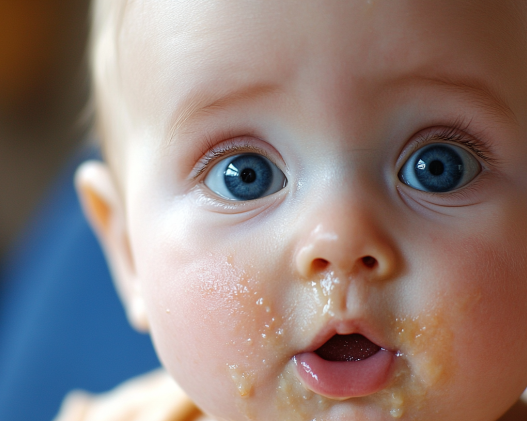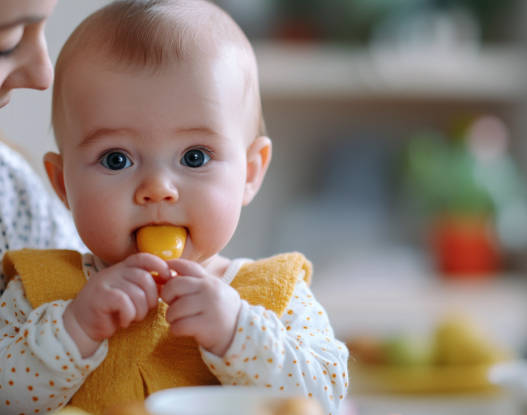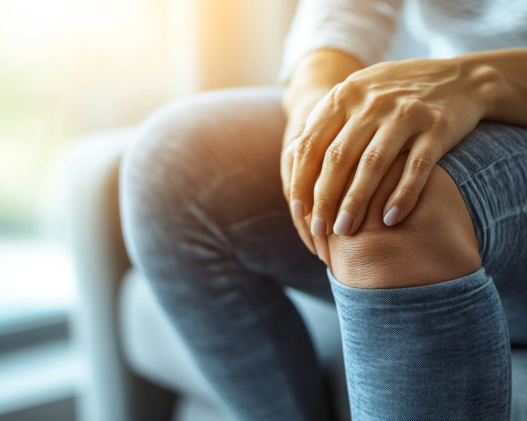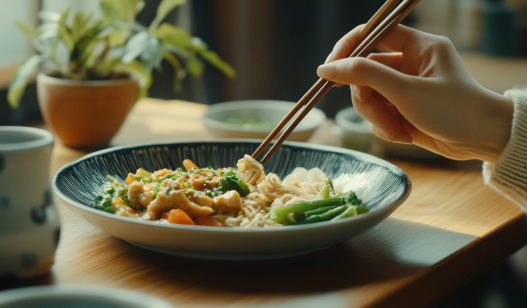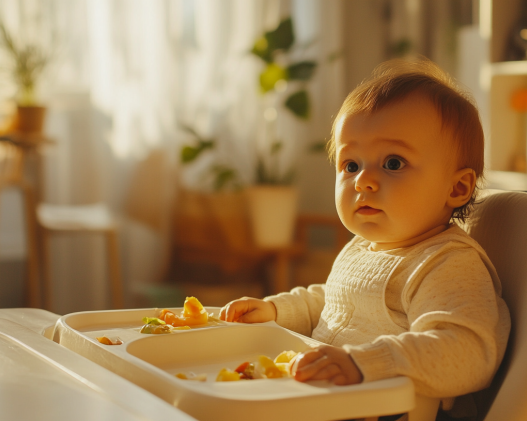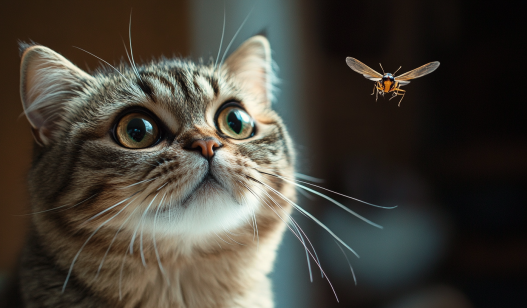If you’ve caught your dog munching on something they shouldn’t, like stones or pieces of clothing, you’re not alone. This strange behavior, known as pica, is more common than you might think and can be both puzzling and dangerous. But don’t worry — with the right approach, you can help your dog break this unhealthy habit and stay safe.
What Exactly Is Pica in Dogs?
Pica is the term used when dogs compulsively eat non-food items such as stones, dirt, paper, or even fabric. While it may seem like a harmless quirk, it can actually point to underlying behavioral or medical issues. Initially, a dog might grab something in an attempt to get your attention, but this behavior can escalate, becoming more frequent and out of control. Over time, your dog may begin to associate eating non-food items with receiving a response from you, reinforcing the habit.
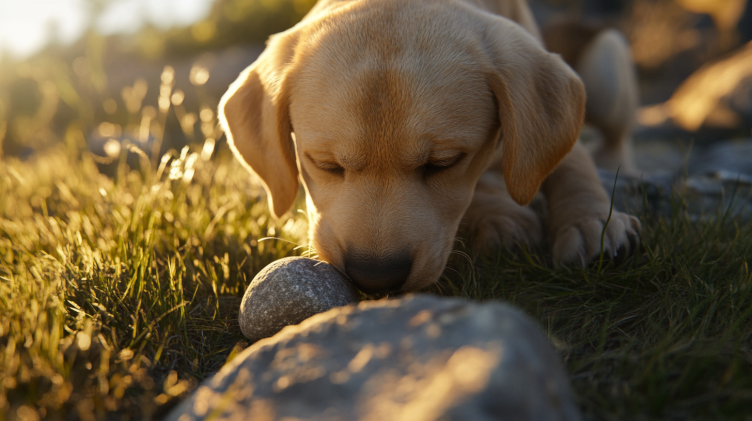
I’ve personally encountered a rather alarming case recently: A client’s hound ingested stones twice, leading to a potential emergency. Fortunately, we acted quickly and avoided a serious medical crisis. After an X-ray and a few surgeries, the dog was on the mend.
Common Items Dogs with Pica May Eat
When dogs exhibit pica, they don’t limit themselves to food. They may start eating all sorts of non-nutritive items, including:
- Stones
- Dirt
- Plastic
- Clothing
- Metal objects
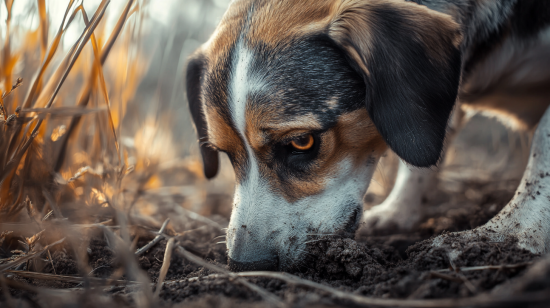
Interestingly, each dog may develop a preference for certain types of items. Some may constantly seek out stones, while others might chew on plastic or even fabric. The key to addressing this behavior is identifying what your dog is eating, so you can take steps to stop them.
What Triggers Pica in Dogs?
Pica in dogs can arise from a variety of causes, both behavioral and medical. Determining the root cause is crucial for finding an effective treatment plan.
Behavioral Causes:
Many dogs chew on non-food items because they’re bored, anxious, or simply seeking attention. Certain breeds, like the Labrador Retriever, Dachshund, and Weimaraner, are more prone to this kind of behavior due to their energetic or anxious nature.
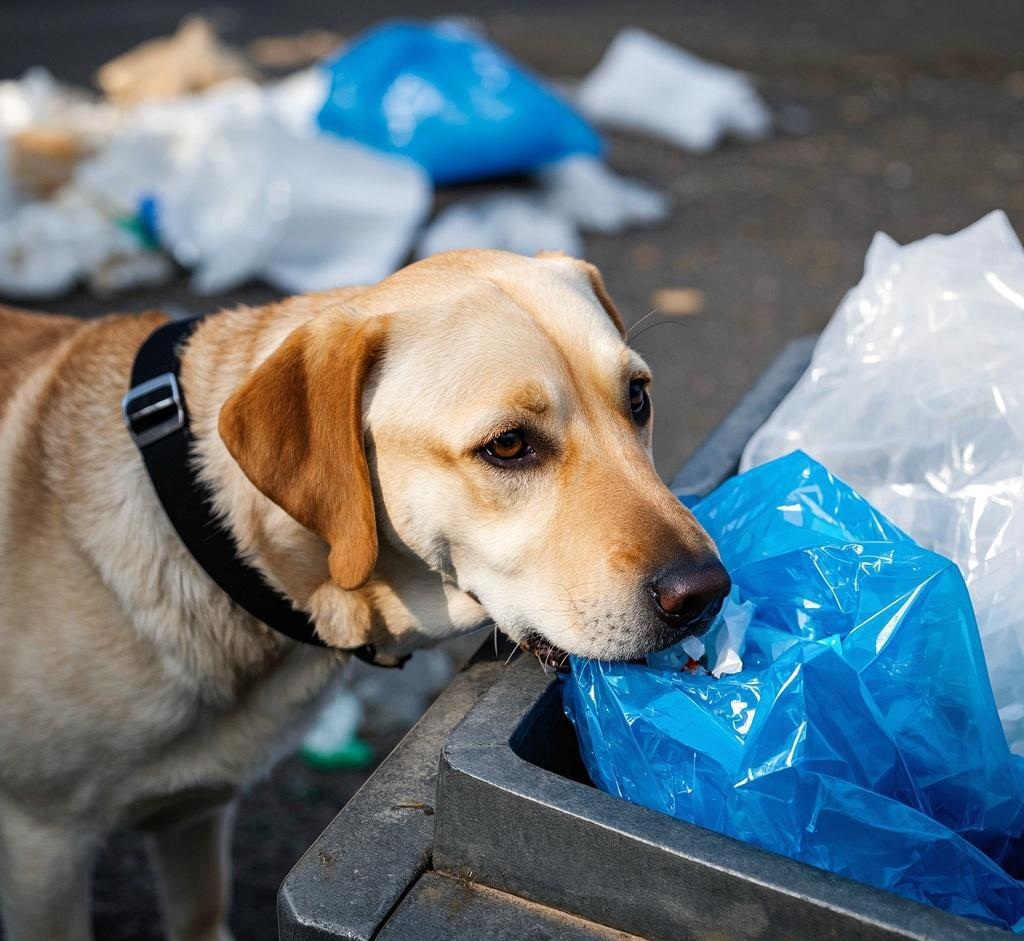
Medical Causes:
Some dogs may eat strange items because of a nutritional deficiency or underlying gastrointestinal problem. Conditions such as anemia or other digestive issues might drive this behavior.
Age Factor:
While pica can occur at any age, it’s more frequently seen in adult and adolescent dogs. Puppies often chew on things as part of their exploration process, but this is generally a phase they grow out of. However, if a dog continues to exhibit pica behaviors as they mature, it could indicate a more serious issue.
The Risks of Pica in Dogs
Allowing your dog to continue eating non-food items could lead to dangerous health consequences. Some of the risks include:
- Intestinal Blockages: Non-food items can become lodged in your dog’s digestive system.
- Perforations: Sharp objects can cause dangerous tears in the stomach or intestines.
- Poisoning: Ingesting toxic substances, like chemicals or certain plants, can be life-threatening.
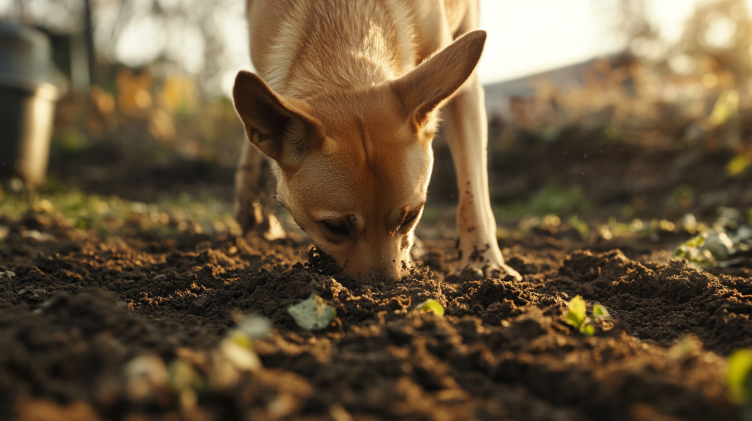
Certain forms of pica, like dirt-eating or feces-eating, can signal specific health problems. For instance, eating dirt may be linked to anemia, while consuming feces often points to a diet imbalance.
How to Stop Your Dog from Eating Non-Food Items
If your dog has developed the habit of eating things they shouldn’t, it’s important to take immediate action. Here’s a step-by-step guide to address the issue.
Step 1: Prevent Access to Non-Food Items
The first thing you need to do is eliminate access to anything that your dog could potentially eat. While this may be difficult, it’s crucial for their safety. At home, keep small objects out of reach. While on walks, using a basket muzzle can be an effective preventive measure. Be mindful of the type of leash you use: Avoid retractable leashes, which allow your dog to wander freely and increase the chances of picking up something dangerous.
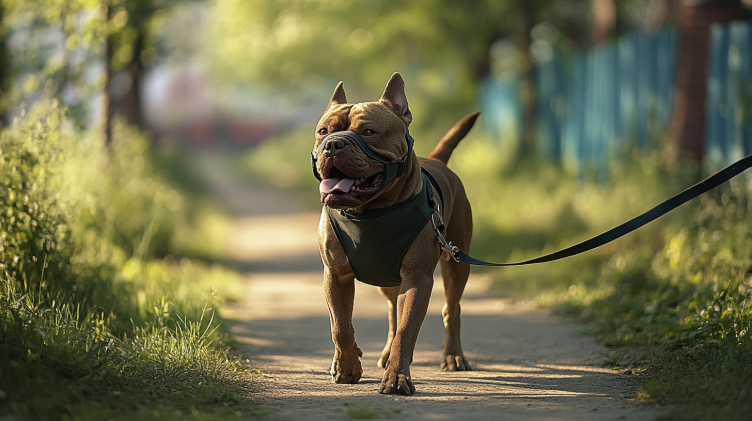
Step 2: Visit the Veterinarian
Before you start training, it’s essential to rule out any medical conditions. Health issues like nutritional deficiencies or gastrointestinal problems can sometimes cause dogs to eat non-food items. Your vet will be able to run tests and determine whether your dog’s pica is linked to a medical concern, so you can address the root cause.
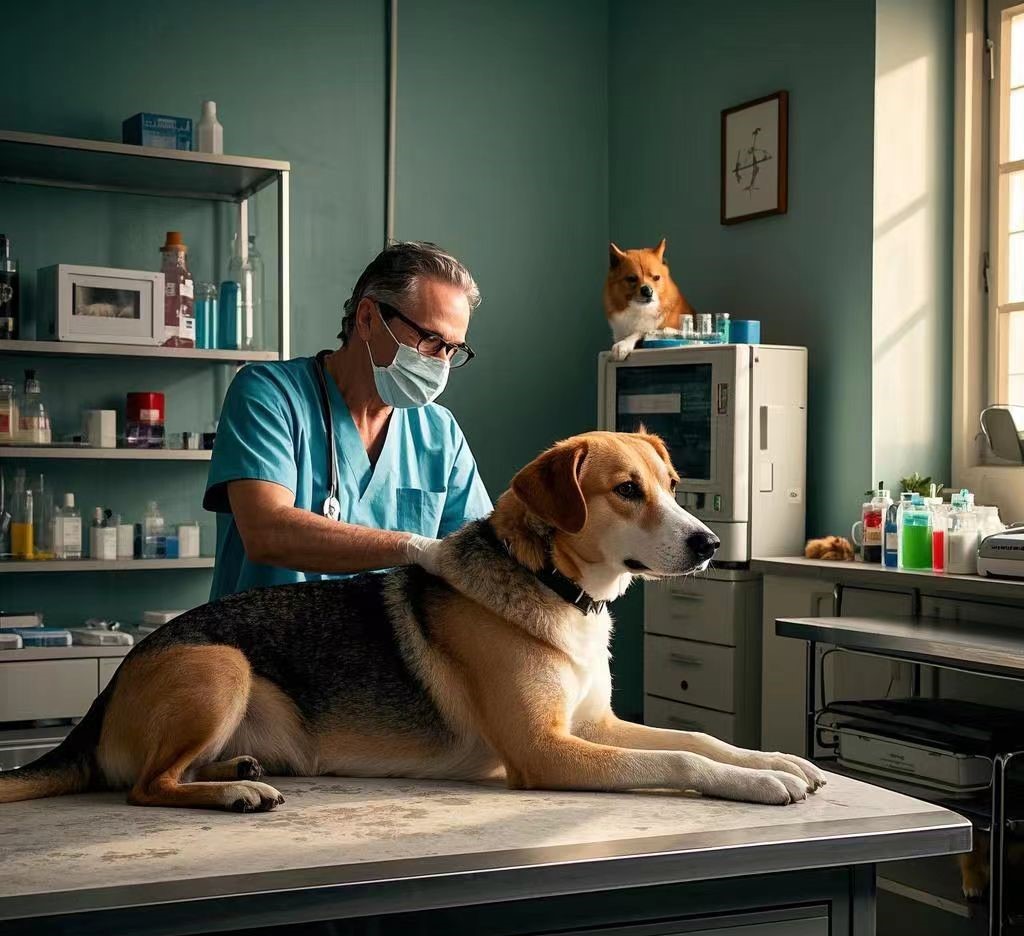
Step 3: Behavioral Training and Modification
Once you’ve ruled out health issues, it’s time to work on modifying your dog’s behavior. This will require patience, consistency, and positive reinforcement. Here’s how you can approach training:
- Reward Positive Behavior: On walks, reward your dog when they avoid chewing on the ground. Praise them or give them treats when they make eye contact with you instead of sniffing around for non-food items.
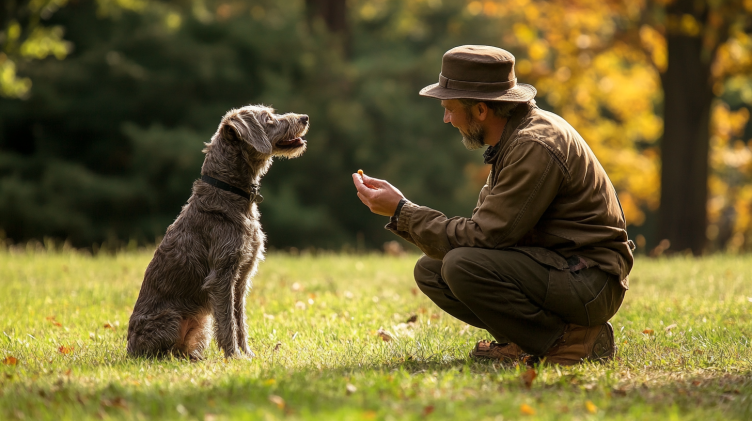
- Teach the “Touch” Command: You can teach your dog a “touch” command, where they learn to touch your hand with their nose. This can be a useful tool to redirect their attention when they try to grab something off the ground. Once they get the hang of this, you can use it to teach them to focus on you rather than the non-food objects around them.
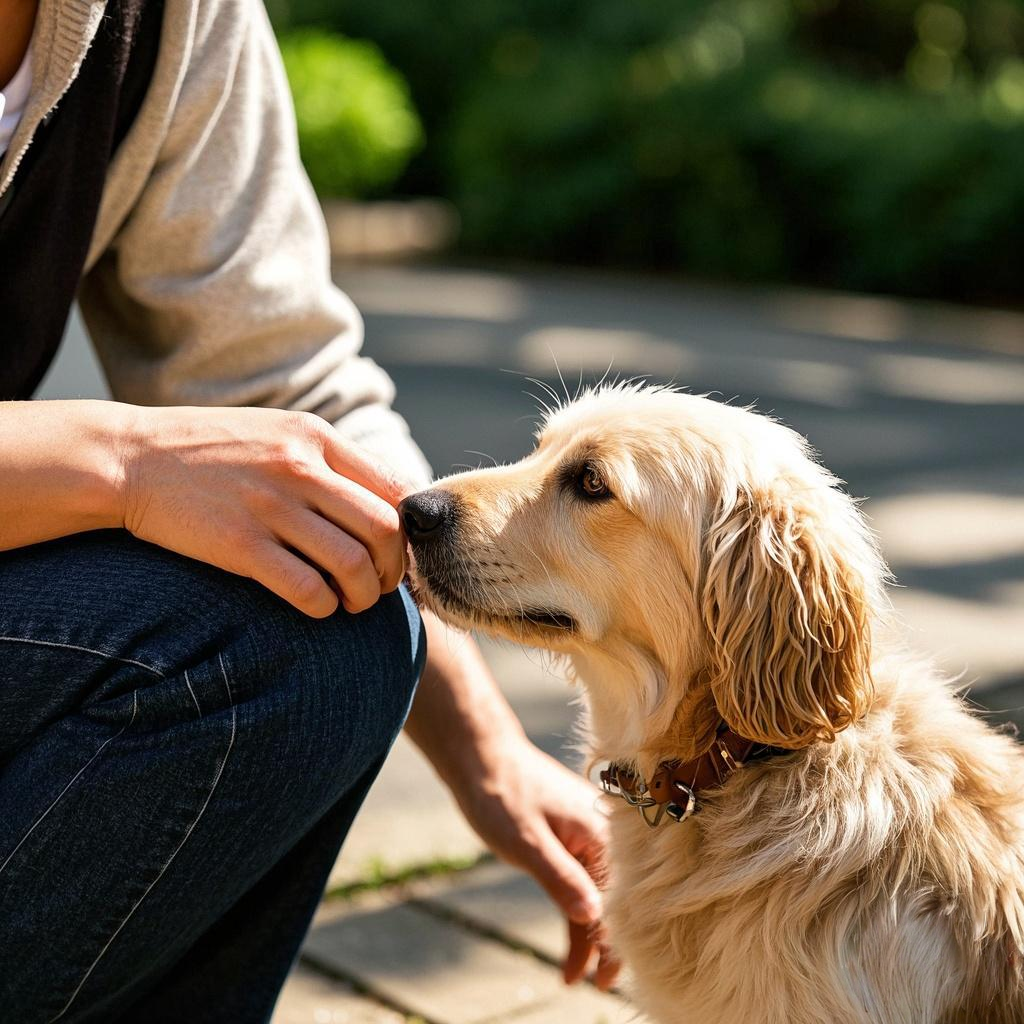
- Start Training in a Controlled Area: Begin your training in a calm, distraction-free place, like a clean sidewalk or indoor hallway. Once your dog learns to focus on you, gradually move to more distracting environments like outdoor walks.
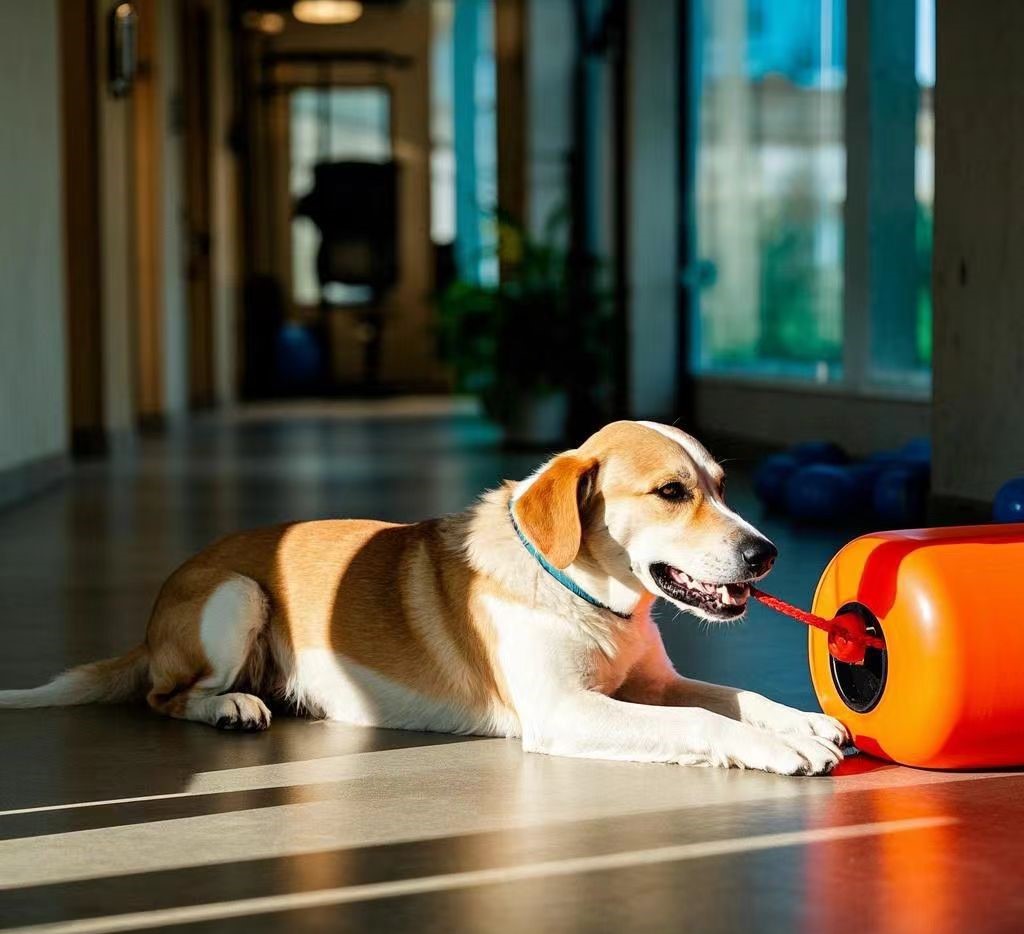
Step 4: Provide Appropriate Chew Toys
It’s important to give your dog safe, approved items to chew on. Rubber toys, bones, and puzzle feeders are great options that can keep your dog entertained and mentally stimulated. Providing these alternatives will not only redirect their chewing habits but also satisfy their natural urge to chew.
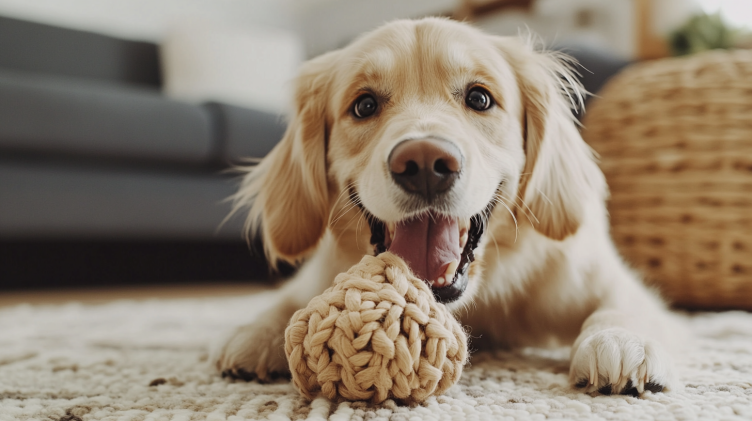
Step 5: Natural Remedies to Relieve Anxiety and Boredom
In some cases, pica behavior is a result of anxiety or boredom. If your dog is stressed or under-exercised, they might turn to non-food items for comfort. Make sure you provide plenty of exercise and mental stimulation. Regular playtime, walks, and training sessions will help alleviate stress and give your dog an outlet for their energy. Interactive toys and chew puzzles can also be a great way to keep your dog occupied and reduce the urge to chew on inappropriate things.
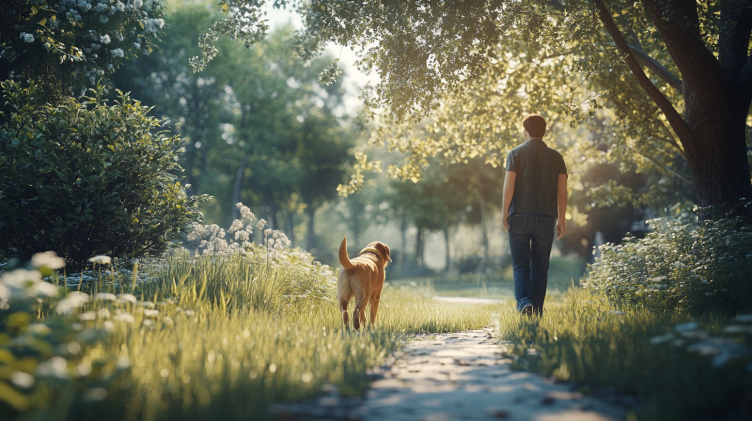
Key Takeaways
- Pica is a condition where dogs compulsively eat non-food items.
- The causes of pica can be both behavioral and medical, so a vet check-up is crucial.
- Positive reinforcement and consistent training are the most effective ways to curb this behavior.
- Offering suitable chew toys and engaging your dog in regular physical and mental activities can help prevent pica.
- Avoid punishment, as it may worsen the behavior and lead to unpredictable reactions.
Conclusion
Preventing your dog from eating stones and other non-food items requires a combination of medical evaluation, behavioral training, and providing safe alternatives. By understanding the root cause of the behavior and offering consistent guidance, you can help your dog stay safe and develop healthier habits. Stay patient and proactive, and your dog will learn to avoid dangerous items in no time.






